Home>Maintenance & Safety>Pest Control Solutions>How To Keep Wasps And Yellow Jackets Away
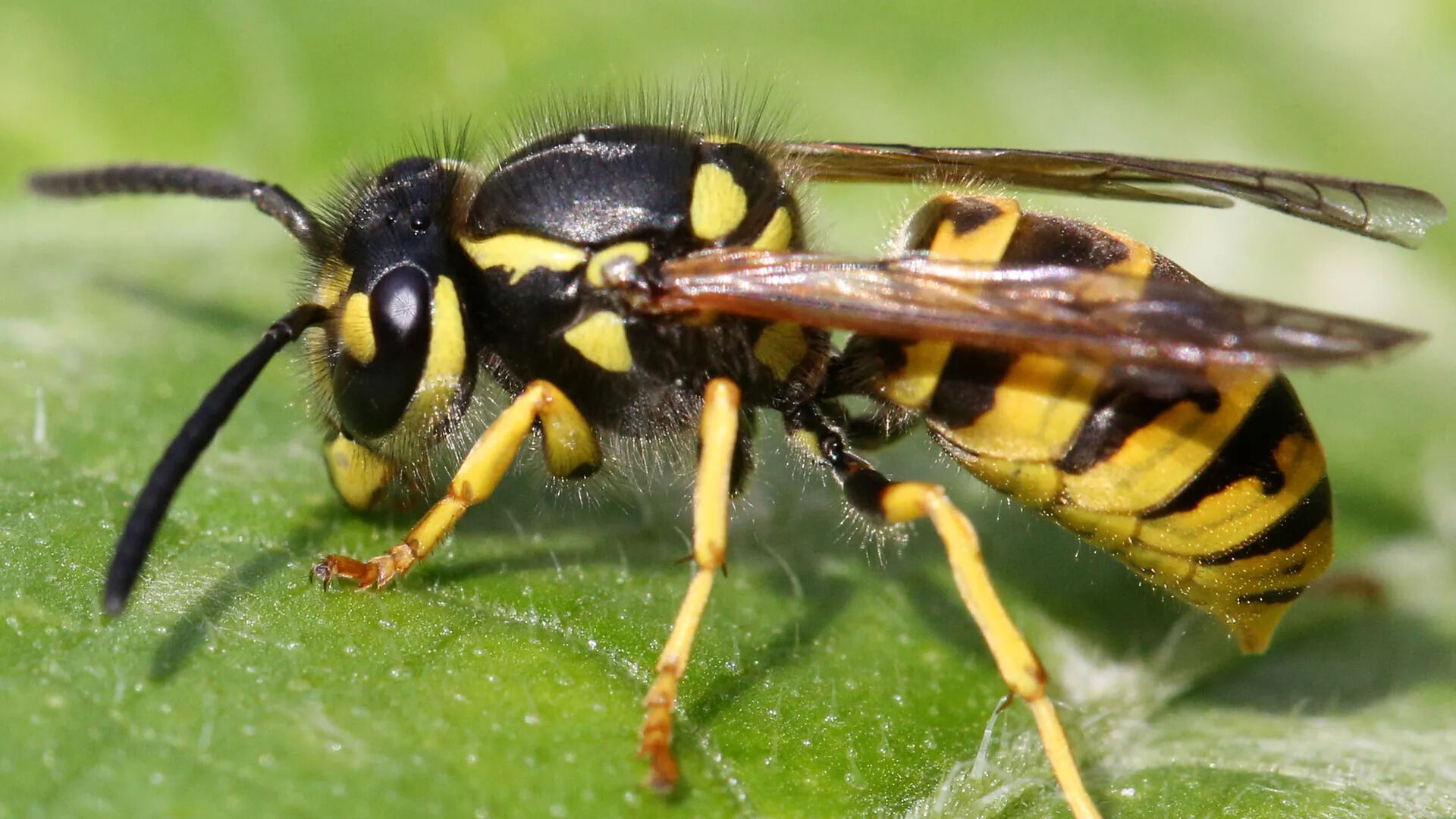

Pest Control Solutions
How To Keep Wasps And Yellow Jackets Away
Modified: February 18, 2024
Learn effective pest control solutions to keep wasps and yellow jackets away from your home. Discover natural and safe methods to prevent infestations. Protect your family and property with these proven tips.
(Many of the links in this article redirect to a specific reviewed product. Your purchase of these products through affiliate links helps to generate commission for Storables.com, at no extra cost. Learn more)
Introduction
Dealing with wasps and yellow jackets can be a daunting task, especially during the warmer months when these stinging insects are most active. Whether you're enjoying a picnic in the park or tending to your garden, the presence of these buzzing pests can quickly turn a pleasant outdoor experience into a nerve-wracking ordeal. However, with the right knowledge and proactive measures, you can effectively keep these unwelcome visitors at bay and reclaim your outdoor spaces.
In this comprehensive guide, we'll explore various natural and commercial methods to deter wasps and yellow jackets from congregating in your vicinity. From understanding the behavior of these insects to implementing preventative measures, we'll cover everything you need to know to enjoy a wasp-free environment. By incorporating these strategies into your pest control arsenal, you can create a safer and more enjoyable outdoor environment for yourself, your family, and your guests.
So, whether you're planning a backyard barbecue, a leisurely picnic, or simply want to relax in your garden without the fear of stings, this guide will equip you with the knowledge and tools to effectively repel wasps and yellow jackets. Let's dive into the fascinating world of pest control and discover how to keep these buzzing nuisances at a safe distance.
Key Takeaways:
- Natural methods like using essential oils, planting repellent herbs, and removing existing nests can help keep wasps and yellow jackets away in an eco-friendly and sustainable way, making outdoor spaces safer and more enjoyable.
- Preventing attractants such as managing food and garbage, strategic outdoor layout, and regular maintenance plays a crucial role in minimizing the presence of wasps and yellow jackets, creating a safer outdoor environment for everyone.
Read more: How To Keep Away Yellow Jackets
Understanding Wasps and Yellow Jackets
Wasps and yellow jackets are often mistaken for one another due to their similar appearance and behavior. However, understanding the distinctions between these two species is crucial for effective pest control. Both wasps and yellow jackets belong to the Hymenoptera order and are known for their distinctive black and yellow markings. Despite their shared coloration, they exhibit different behaviors and nesting habits.
Yellow jackets, scientifically known as Vespula and Dolichovespula, are social insects that live in colonies. They are highly aggressive when their nest is disturbed, making them a significant threat to humans. Yellow jackets are known for their ground-nesting habits, often establishing their colonies in abandoned rodent burrows or other subterranean spaces. Their colonies can contain thousands of individuals, and their territorial nature makes them particularly defensive of their nesting sites.
On the other hand, wasps, including species such as paper wasps and hornets, are also social insects but exhibit less aggressive behavior compared to yellow jackets. They construct their papery nests in sheltered locations, such as eaves, attics, or tree branches. While they can sting repeatedly, they typically only do so when they perceive a threat to their nest or themselves.
Understanding the distinct characteristics and nesting behaviors of wasps and yellow jackets is essential for implementing targeted pest control strategies. By recognizing the signs of their presence and nesting habits, individuals can take proactive measures to deter these insects from establishing colonies in close proximity to human activity.
In the following sections, we will explore natural and commercial methods to keep wasps and yellow jackets away, empowering you to enjoy outdoor spaces without the fear of encountering these stinging pests.
Natural Ways to Keep Wasps and Yellow Jackets Away
When it comes to deterring wasps and yellow jackets, natural methods offer an eco-friendly and cost-effective approach to pest control. By leveraging the power of natural repellents and strategic landscaping, you can create an environment that discourages these stinging insects from taking up residence near your home or outdoor gathering areas.
1. Essential Oils and Herbs
Harnessing the aromatic properties of essential oils and herbs can serve as an effective deterrent for wasps and yellow jackets. Certain scents, such as peppermint, lemongrass, and clove, are known to repel these insects. By diluting essential oils with water and spraying the solution around outdoor seating areas or potential nesting sites, you can create an olfactory barrier that discourages wasps and yellow jackets from venturing too close.
2. Wasp-Repelling Plants
Strategic landscaping with natural deterrents can significantly reduce the presence of wasps and yellow jackets in your outdoor spaces. Planting aromatic herbs like spearmint, thyme, and citronella, as well as flowering plants such as marigolds and eucalyptus, can help repel these insects. Additionally, the presence of these plants can enhance the visual appeal of your outdoor areas while serving as a natural defense against stinging pests.
Read more: How To Keep Yellow Jackets Away From Picnic
3. Homemade Traps
Crafting homemade traps using simple materials can help capture and control the population of wasps and yellow jackets in your vicinity. One effective method involves creating a sugar-based bait using water, sugar, and a splash of dish soap to break the surface tension. By placing these traps in strategic locations away from high-traffic areas, you can attract and trap these insects, reducing their presence in areas where people gather.
4. Nest Removal
Regular inspection and removal of existing wasp and yellow jacket nests can prevent recurring infestations. It's important to approach nest removal with caution and, if necessary, seek professional assistance to ensure safe and effective removal. By addressing existing nests promptly, you can disrupt the insects' breeding and nesting cycles, discouraging them from establishing new colonies in the same vicinity.
By incorporating these natural methods into your pest control strategy, you can create an environment that is less hospitable to wasps and yellow jackets. These natural approaches not only minimize the reliance on chemical repellents but also contribute to a more sustainable and harmonious coexistence with the surrounding ecosystem.
Using Commercial Repellents
In addition to natural methods, commercial repellents offer a convenient and targeted approach to deterring wasps and yellow jackets from your outdoor spaces. These products are formulated to effectively repel these stinging insects, providing an added layer of defense for areas where natural deterrents may not suffice.
-
Wasp and Yellow Jacket Sprays: Commercial sprays designed specifically for wasps and yellow jackets are readily available in hardware stores and garden centers. These aerosol-based products are equipped with a powerful stream that can reach nests located at a distance. When using these sprays, it's crucial to follow the application instructions carefully and prioritize safety. By directly targeting nests and nesting areas, these sprays can swiftly neutralize existing colonies and prevent further infestations.
-
Wasp Repellent Traps: Commercial wasp repellent traps are designed to attract and capture these insects, reducing their presence in outdoor areas. These traps typically utilize a lure or attractant that entices wasps and yellow jackets, leading them into a containment chamber where they are unable to escape. By strategically placing these traps in areas where these insects are commonly found, such as near garbage bins or outdoor dining areas, you can effectively minimize their presence and mitigate the risk of stings.
-
Ultrasonic Repellent Devices: Ultrasonic devices emit high-frequency sound waves that are designed to repel various pests, including wasps and yellow jackets. These devices are often battery-operated and can be placed in outdoor spaces to create a deterrent effect. While the effectiveness of ultrasonic repellents may vary, some individuals find them to be a valuable addition to their pest control efforts, particularly in areas where traditional repellents may not be suitable.
-
Professional Pest Control Services: In cases of severe infestations or challenging nesting locations, enlisting the expertise of professional pest control services can provide a comprehensive and targeted approach to managing wasps and yellow jackets. Pest control professionals have the knowledge, tools, and experience to safely identify and address infestations, offering long-term solutions to mitigate the presence of these stinging insects.
By incorporating commercial repellents into your pest control strategy, you can enhance the effectiveness of your efforts to keep wasps and yellow jackets at bay. Whether you opt for aerosol sprays, traps, ultrasonic devices, or professional assistance, these commercial solutions offer a proactive and targeted approach to managing these stinging pests, allowing you to enjoy outdoor activities with greater peace of mind.
Preventing Attractants
Preventing attractants is a proactive approach to minimizing the presence of wasps and yellow jackets in outdoor environments. By addressing factors that attract these stinging insects, individuals can significantly reduce the likelihood of encountering them during leisure activities or while tending to outdoor spaces. Understanding and mitigating these attractants is essential for creating an inhospitable environment for wasps and yellow jackets.
1. Food and Beverage Management
One of the primary attractants for wasps and yellow jackets is food and sugary beverages. When dining or hosting outdoor gatherings, it's crucial to manage food and beverage items effectively. Keep food and drinks covered when not in use, as the scent and sweetness can draw these insects to the vicinity. Additionally, promptly clean up any spills or crumbs to minimize the presence of attractants that could entice wasps and yellow jackets.
2. Garbage Disposal
Proper management of garbage and recycling bins is essential for preventing attractants that can lure wasps and yellow jackets. Ensure that bins are tightly sealed to contain food scraps and residues. Regularly empty and clean the bins to eliminate odors and residues that could attract these insects. By maintaining proper waste management practices, individuals can reduce the likelihood of attracting wasps and yellow jackets to their outdoor spaces.
3. Outdoor Dining Areas
When designing outdoor dining areas or hosting gatherings, consider the layout and placement of seating and dining areas. Avoid positioning seating near flowering plants or fruit-bearing trees, as these natural elements can attract wasps and yellow jackets. Additionally, utilizing fans or creating airflow in outdoor spaces can help deter these insects, as they are less likely to fly in windy conditions.
4. Pet Food and Water
Pet food and water bowls can also serve as attractants for wasps and yellow jackets. To minimize the presence of these insects around pet feeding areas, consider relocating the bowls to areas less frequented by humans. Additionally, promptly clean up any spilled food or water to prevent the accumulation of attractants that could draw these stinging pests.
5. Outdoor Maintenance
Regular maintenance of outdoor spaces is crucial for preventing attractants that can entice wasps and yellow jackets. Trim overgrown vegetation and remove fallen fruits or ripe produce from gardens. By addressing these potential attractants, individuals can create an environment that is less appealing to these stinging insects.
By implementing these preventative measures, individuals can effectively minimize the attractants that draw wasps and yellow jackets to outdoor spaces. This proactive approach, combined with natural and commercial repellents, contributes to a comprehensive pest control strategy that promotes a safer and more enjoyable outdoor experience for all.
Conclusion
In conclusion, effectively deterring wasps and yellow jackets from outdoor spaces requires a multifaceted approach that encompasses understanding their behavior, implementing natural and commercial repellents, and addressing attractants. By gaining insight into the nesting habits and characteristics of these stinging insects, individuals can proactively create an environment that is less hospitable to their presence.
Natural methods, such as utilizing essential oils, planting repellent herbs, crafting homemade traps, and removing existing nests, offer eco-friendly and sustainable means of reducing the population of wasps and yellow jackets. These approaches not only minimize reliance on chemical repellents but also contribute to a harmonious coexistence with the surrounding ecosystem.
In addition to natural methods, commercial repellents provide targeted solutions for managing these stinging pests. From aerosol sprays and traps to ultrasonic devices and professional pest control services, individuals have a range of options to enhance their pest control efforts and create a safer outdoor environment.
Preventing attractants, such as managing food and beverage items, proper garbage disposal, strategic placement of outdoor dining areas, and regular outdoor maintenance, plays a pivotal role in minimizing the likelihood of encountering wasps and yellow jackets during outdoor activities.
By integrating these strategies into a comprehensive pest control plan, individuals can enjoy outdoor spaces with greater peace of mind, free from the fear of stings and disruptions caused by these buzzing pests. Whether hosting outdoor gatherings, tending to gardens, or simply relaxing in the backyard, the proactive measures outlined in this guide empower individuals to reclaim their outdoor spaces and create a more enjoyable environment for themselves, their families, and their guests.
Ultimately, by combining knowledge, proactive measures, and a holistic approach to pest control, individuals can effectively keep wasps and yellow jackets at a safe distance, fostering a harmonious coexistence with nature and promoting a more enjoyable outdoor experience for all.
Frequently Asked Questions about How To Keep Wasps And Yellow Jackets Away
Was this page helpful?
At Storables.com, we guarantee accurate and reliable information. Our content, validated by Expert Board Contributors, is crafted following stringent Editorial Policies. We're committed to providing you with well-researched, expert-backed insights for all your informational needs.
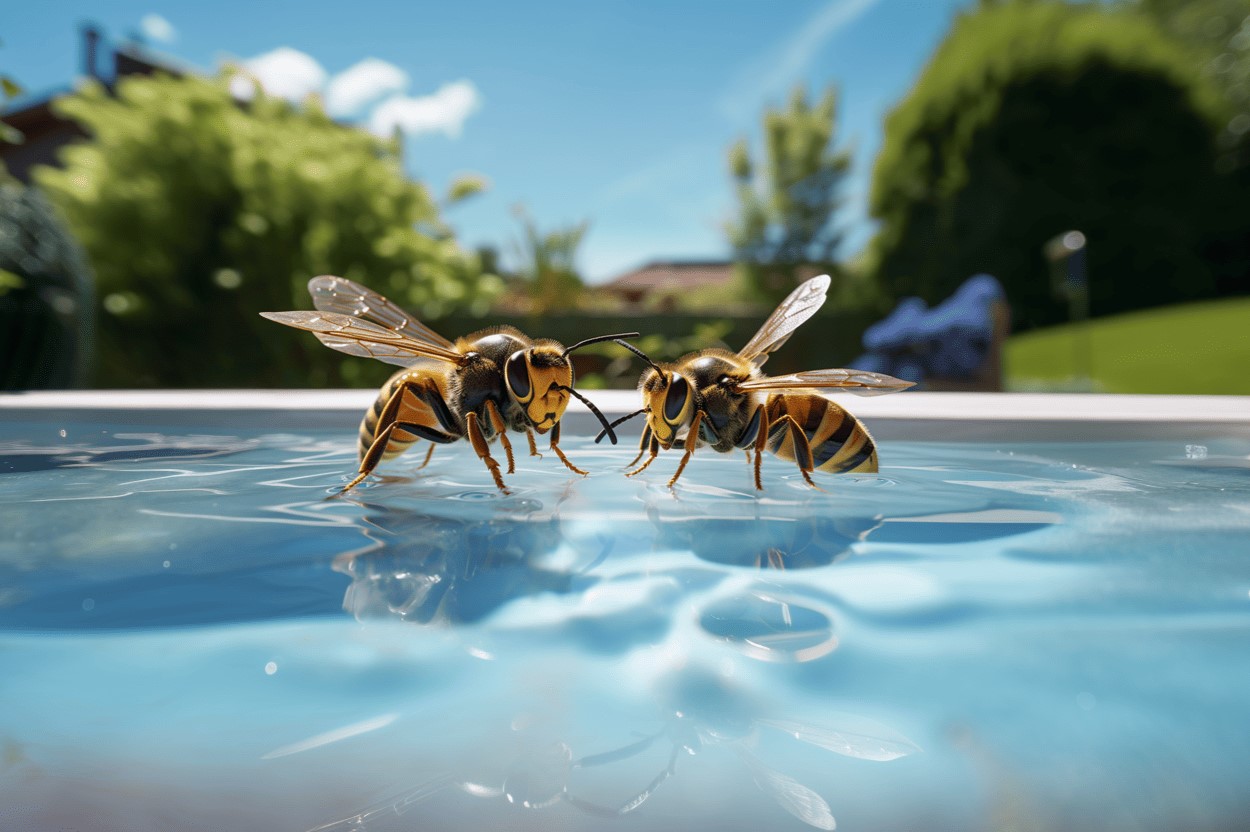
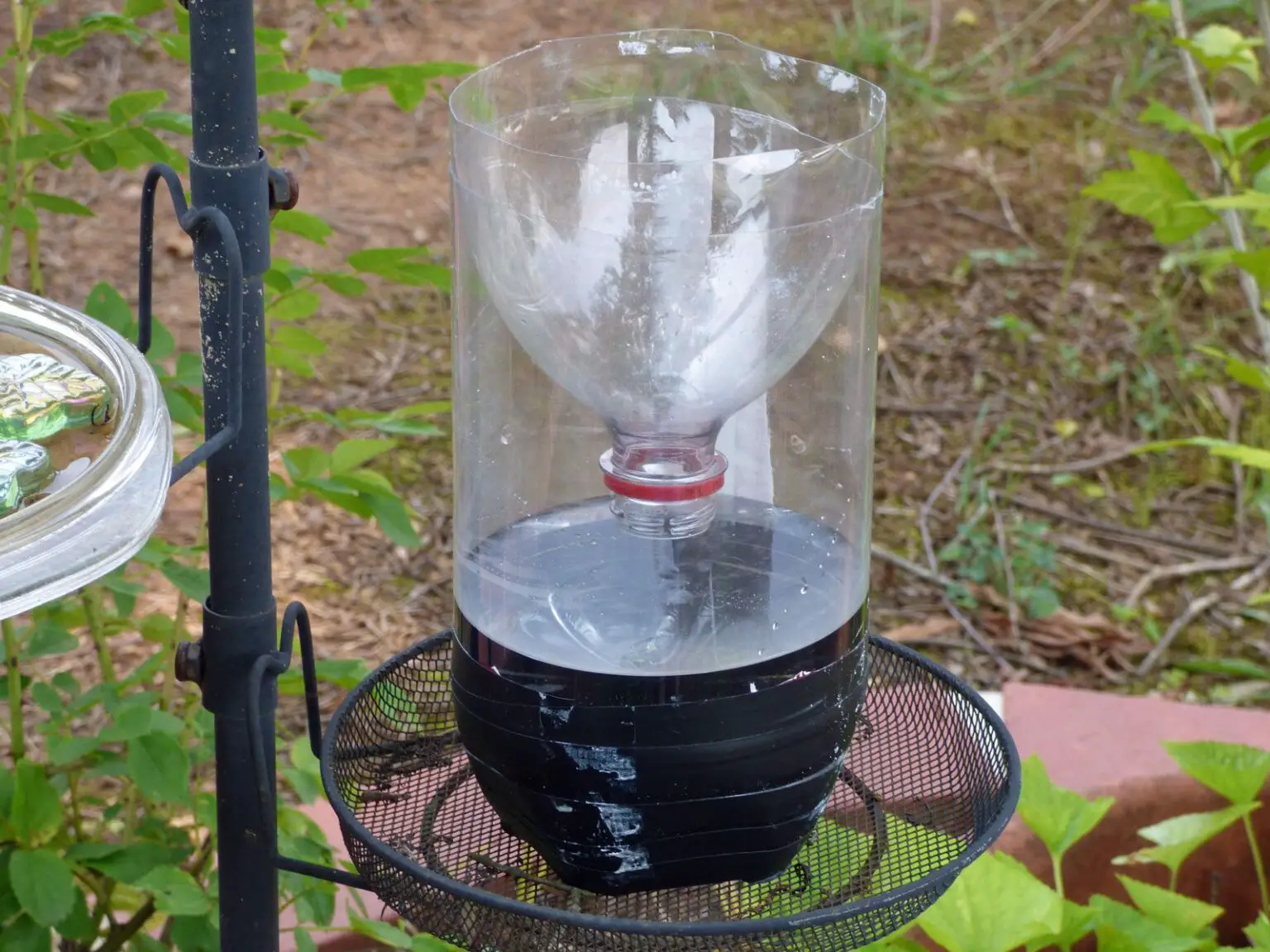
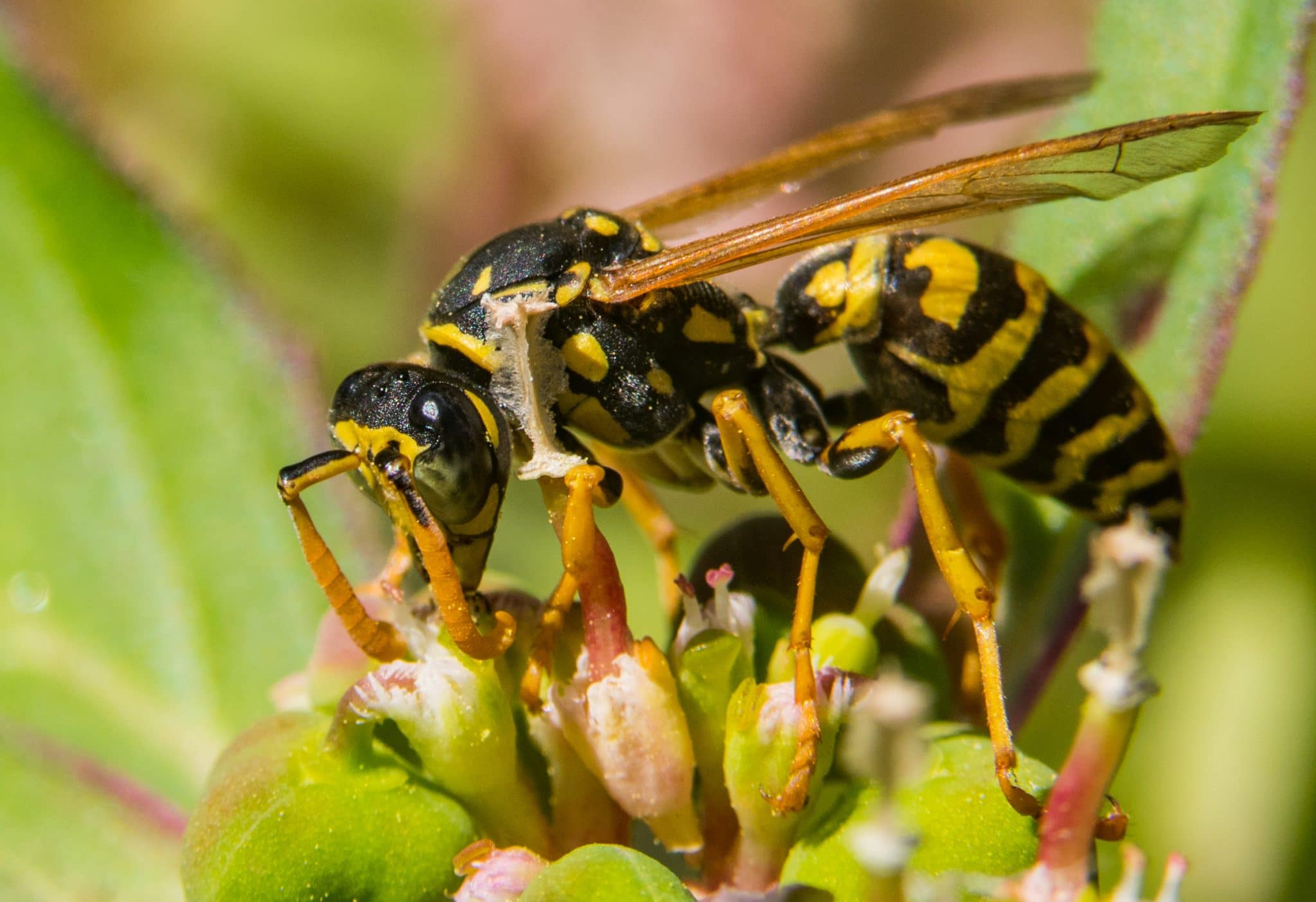
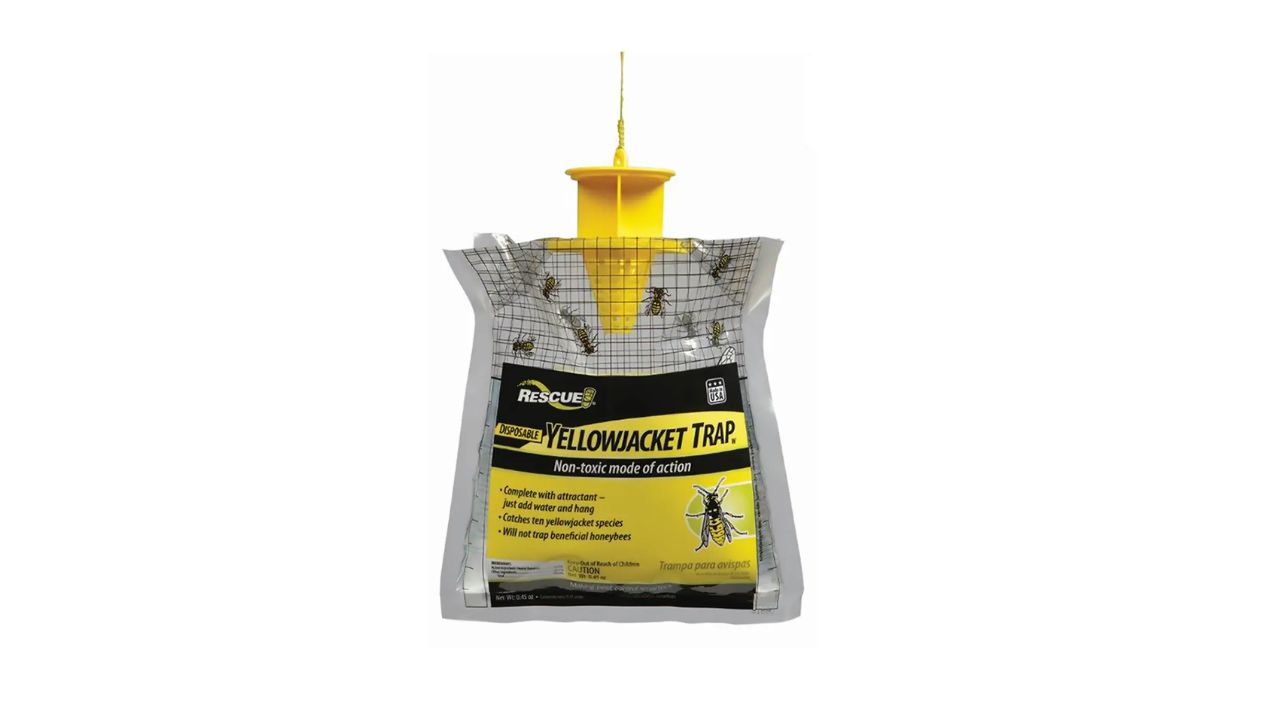
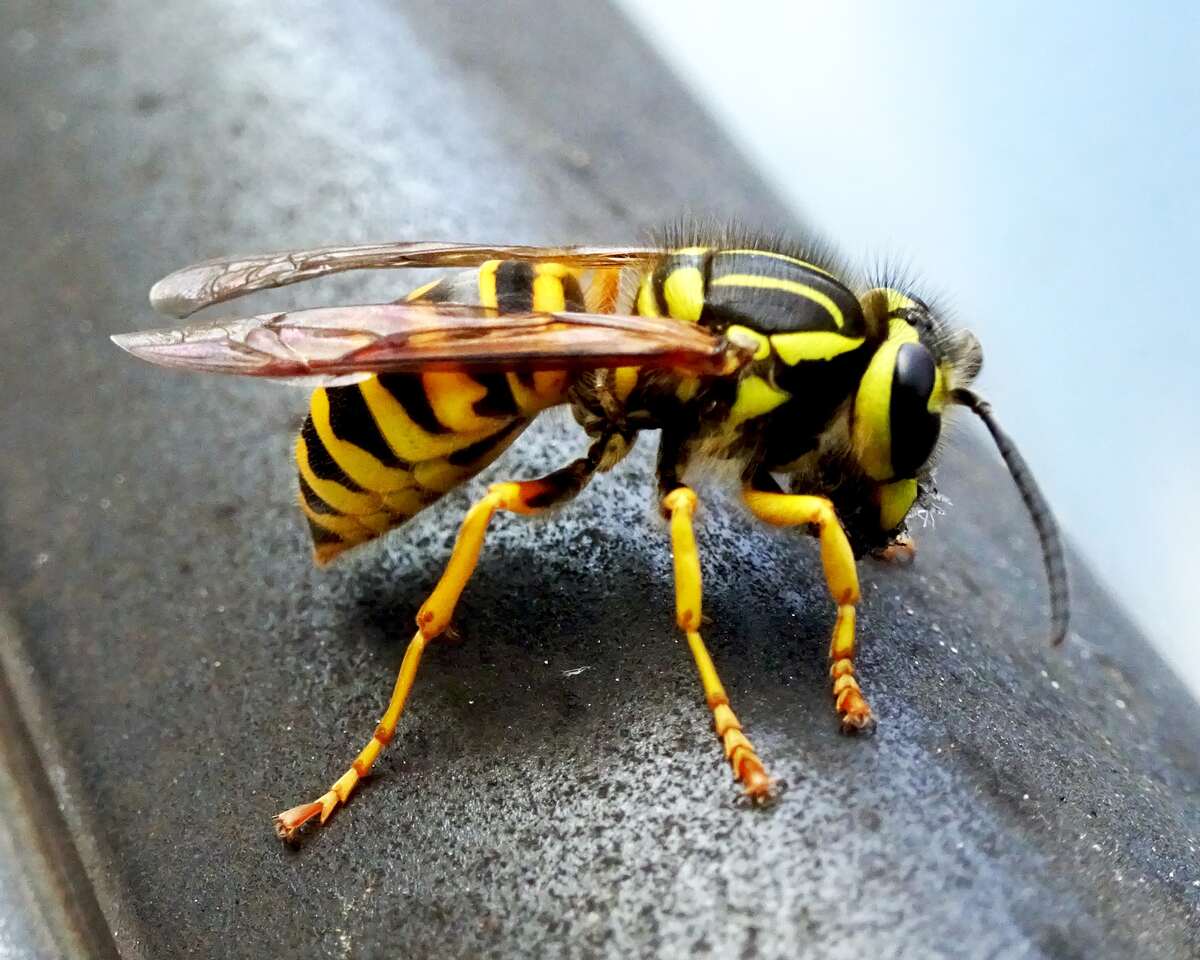
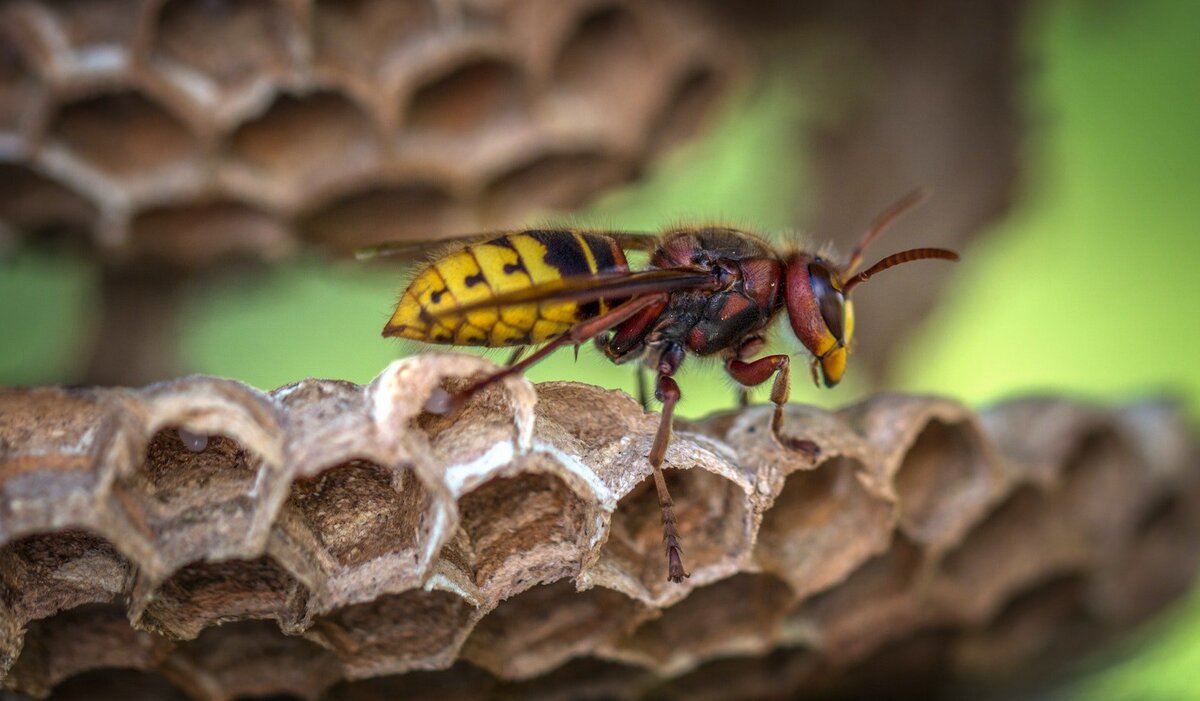
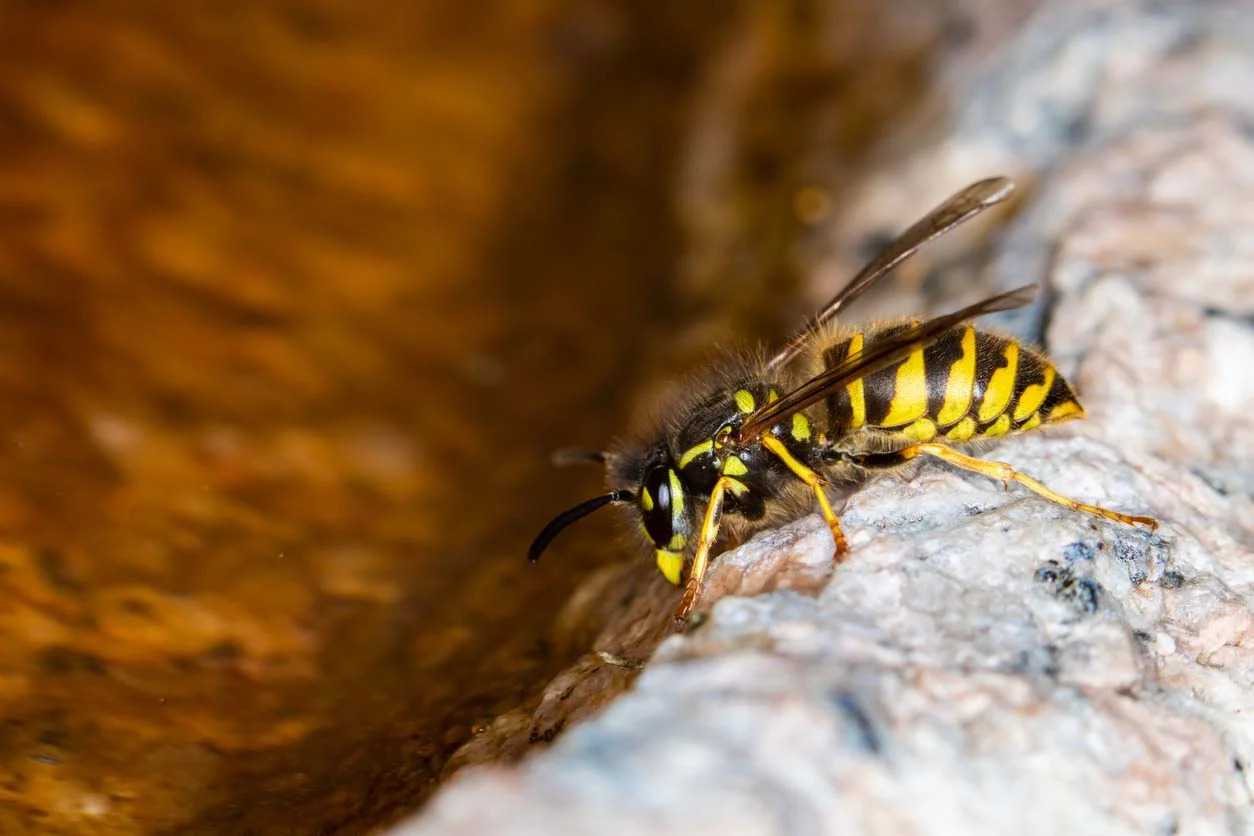
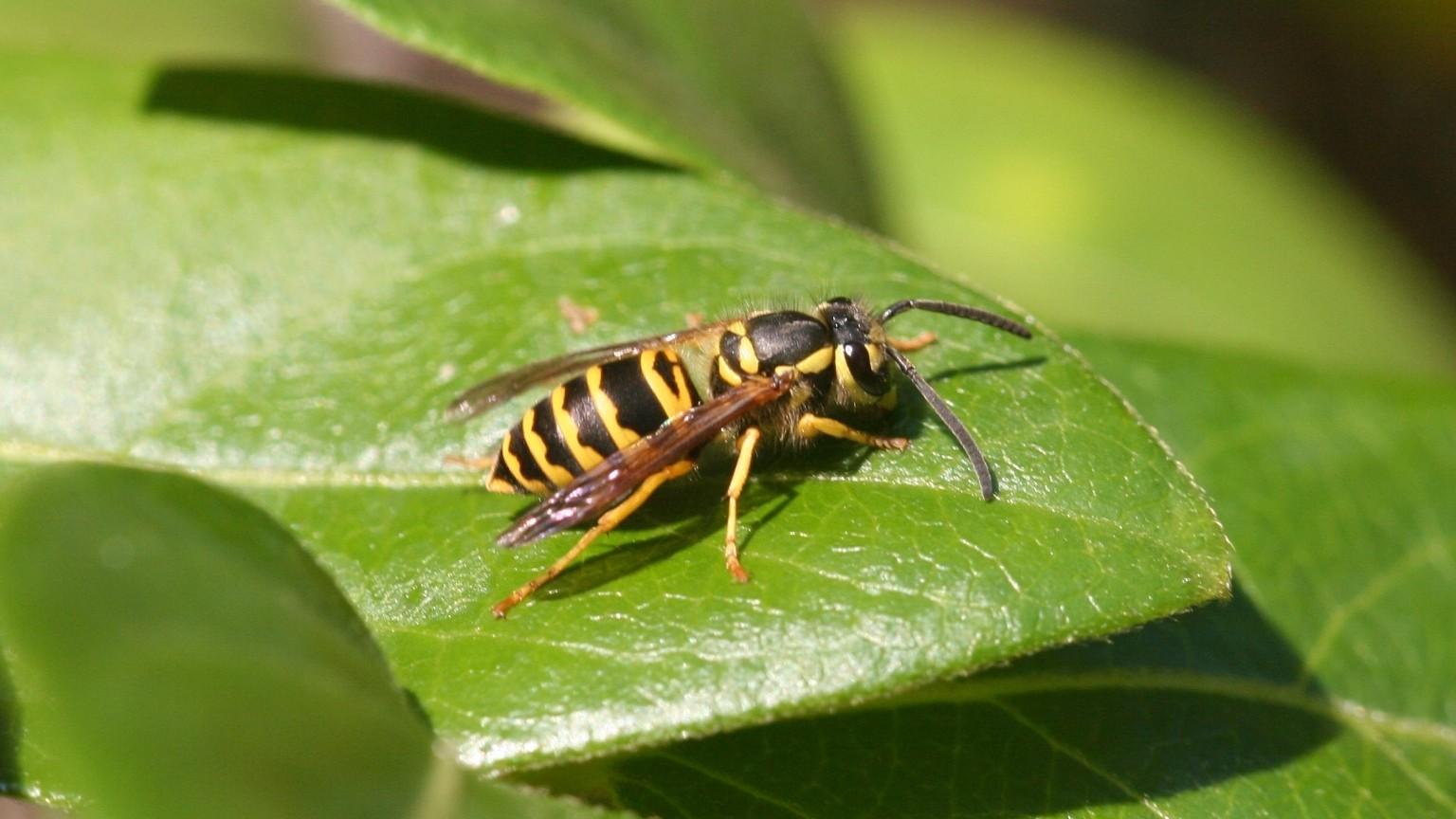
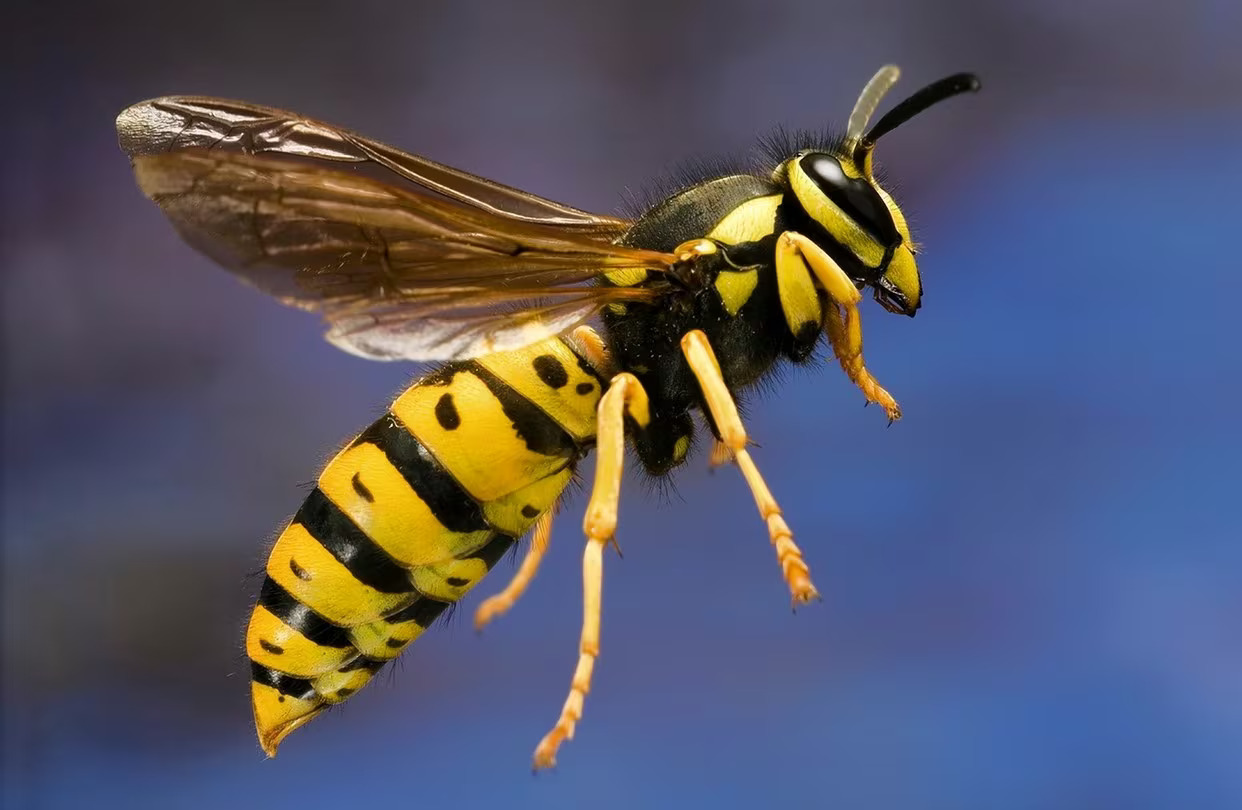
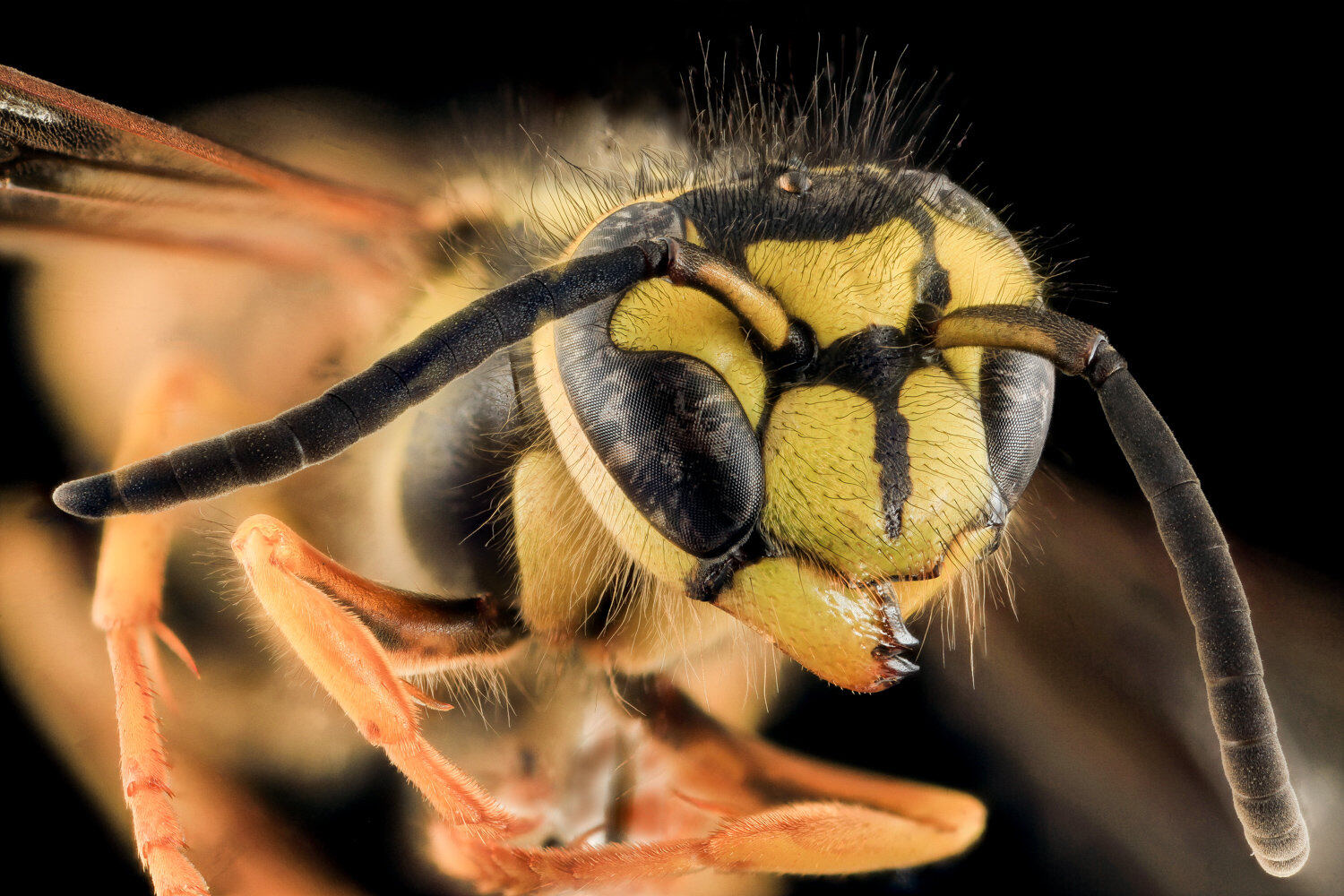
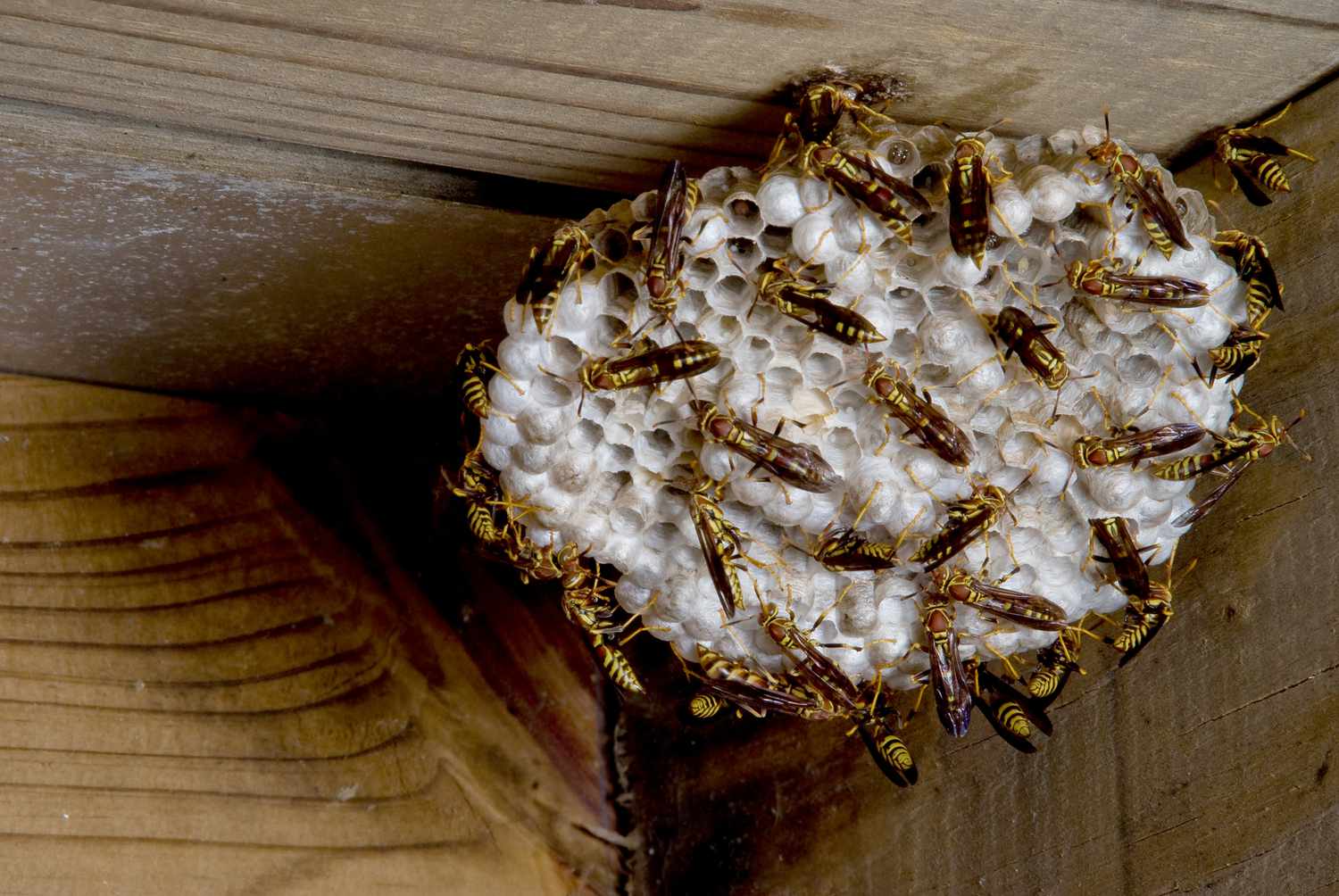
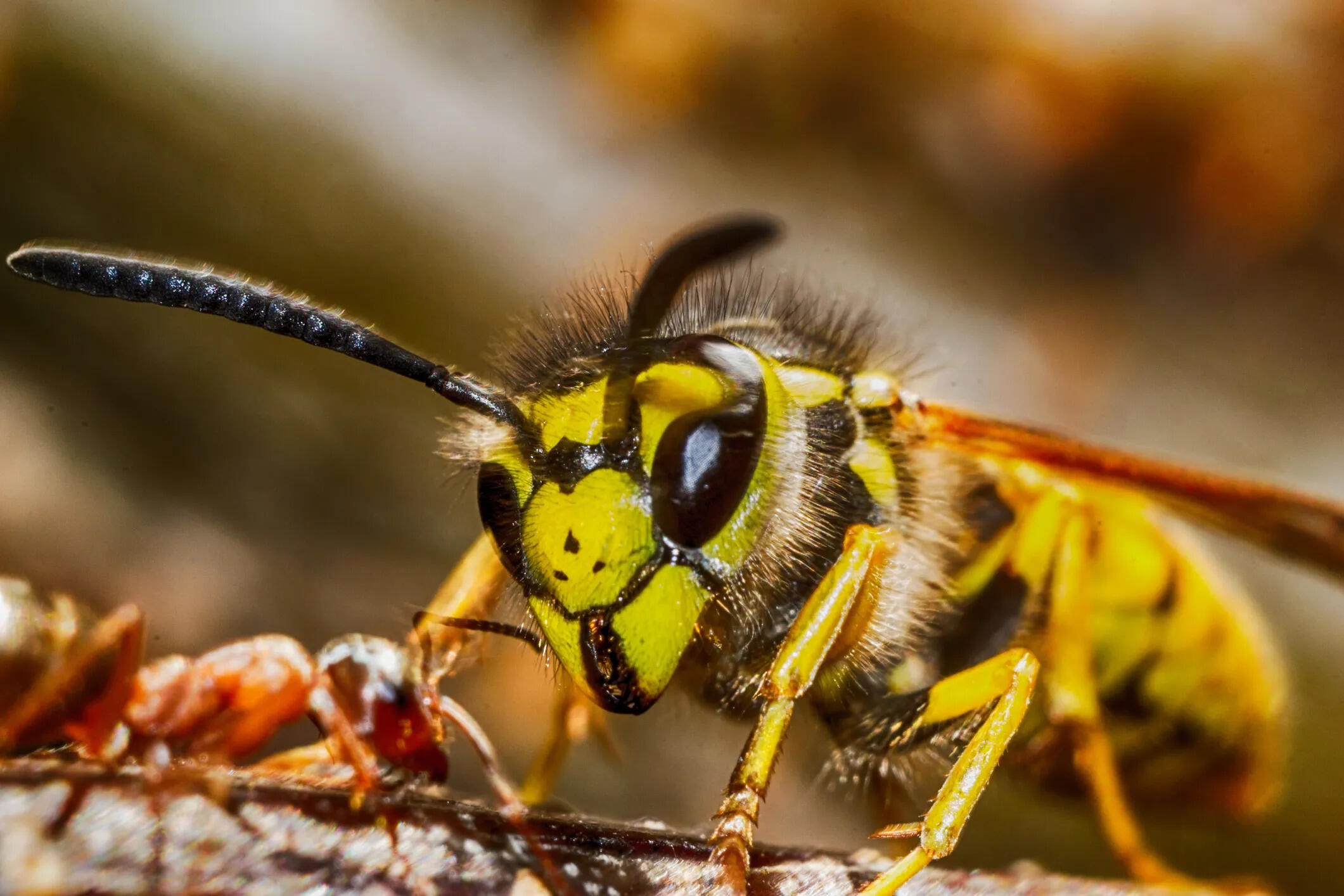

0 thoughts on “How To Keep Wasps And Yellow Jackets Away”